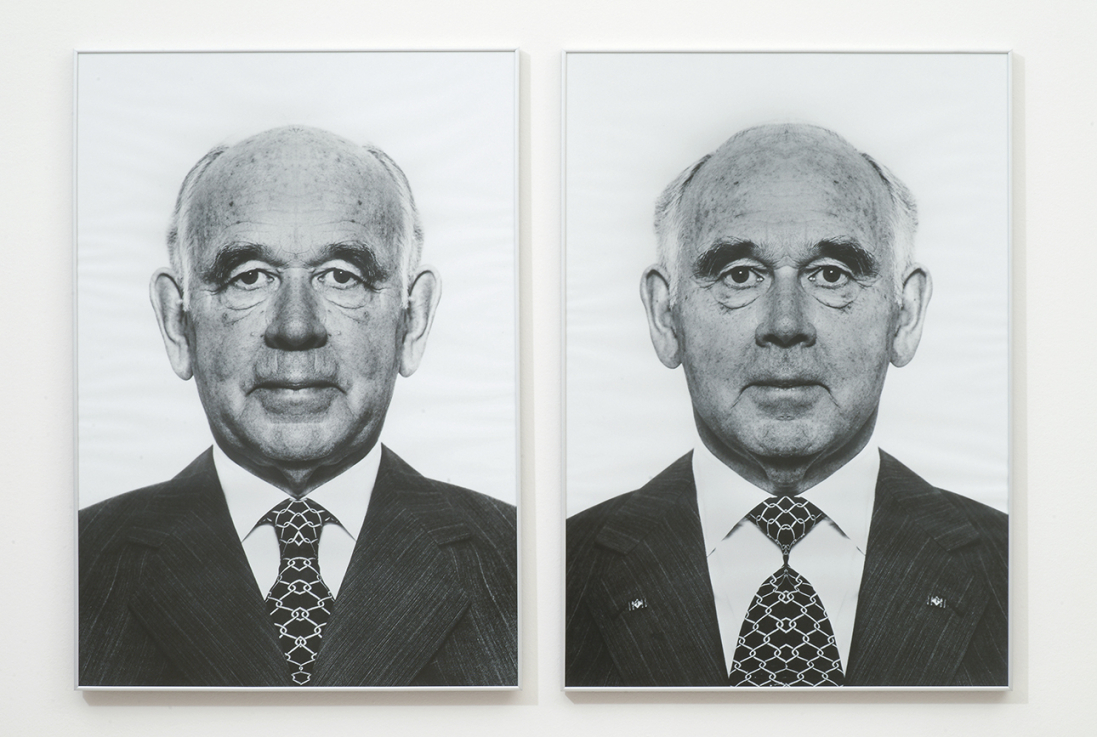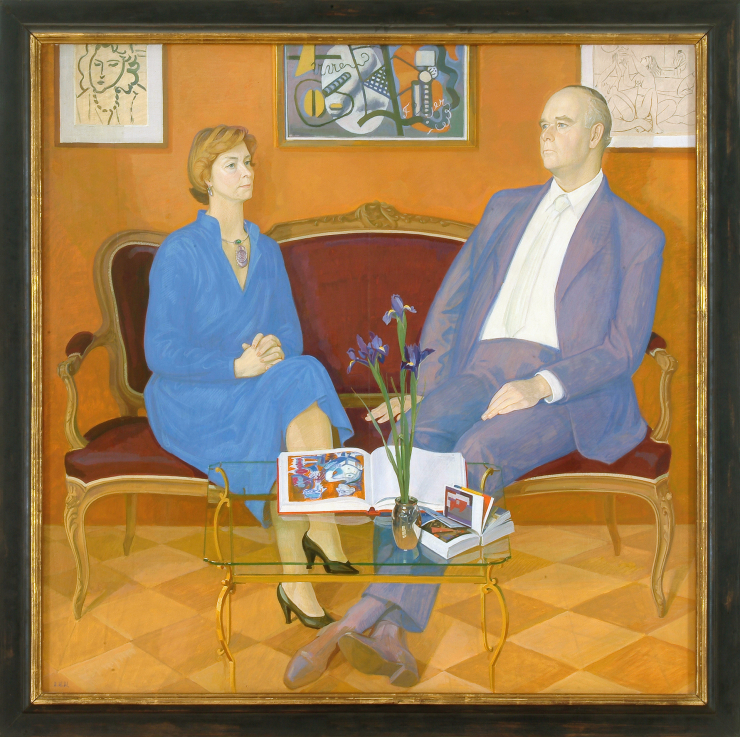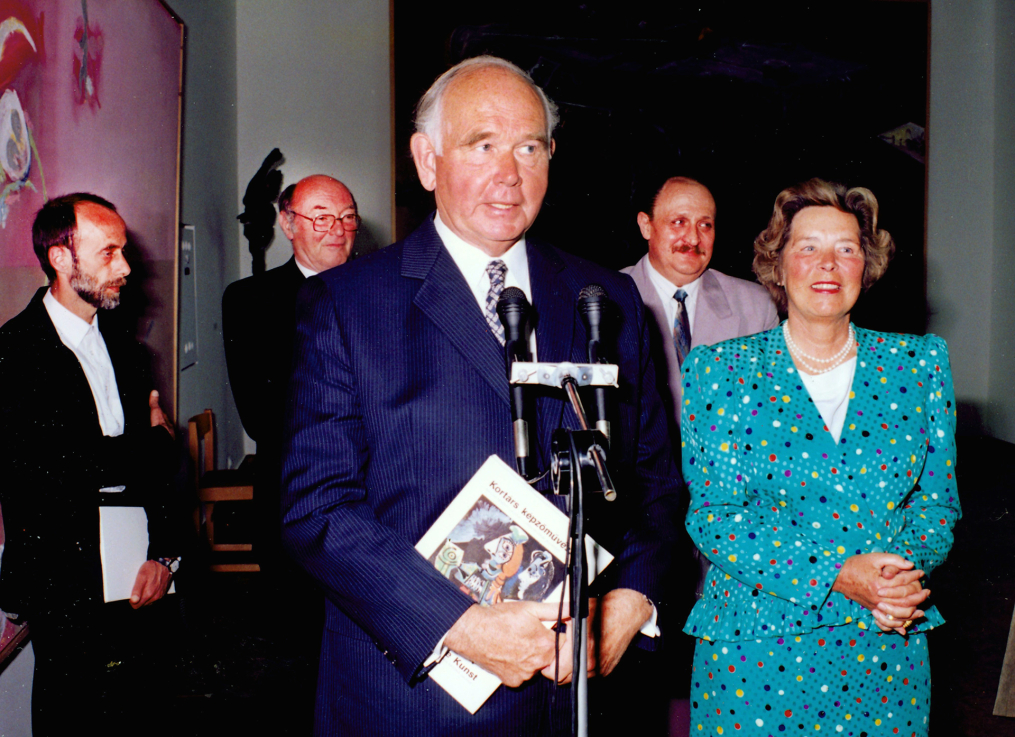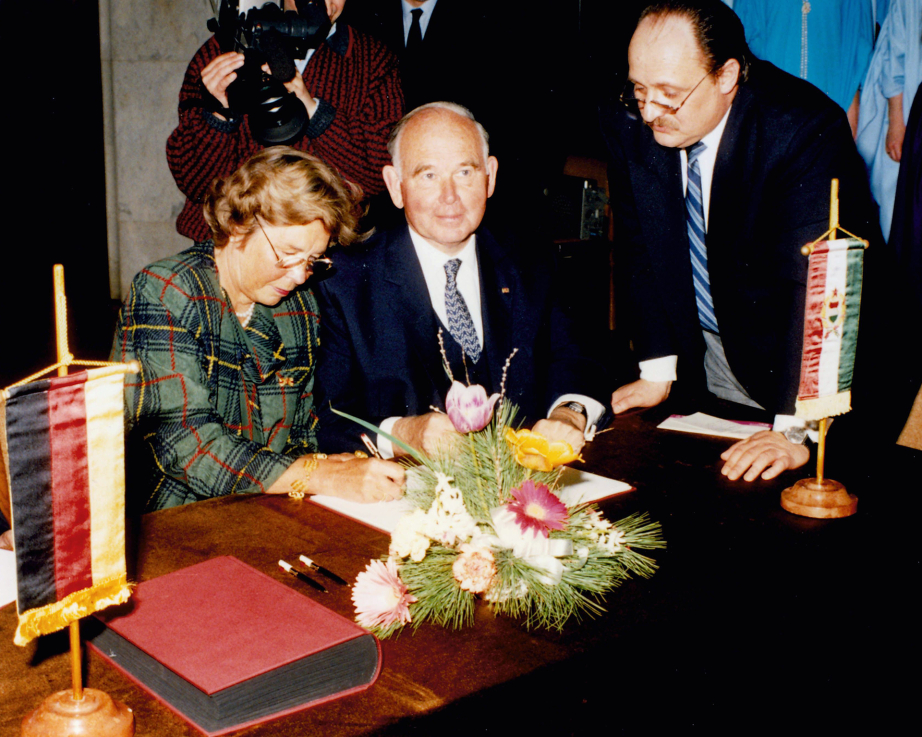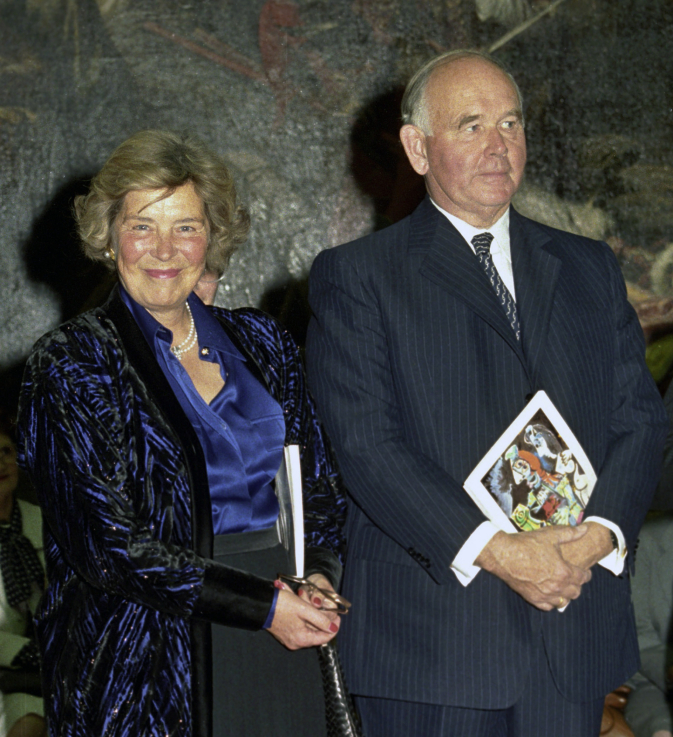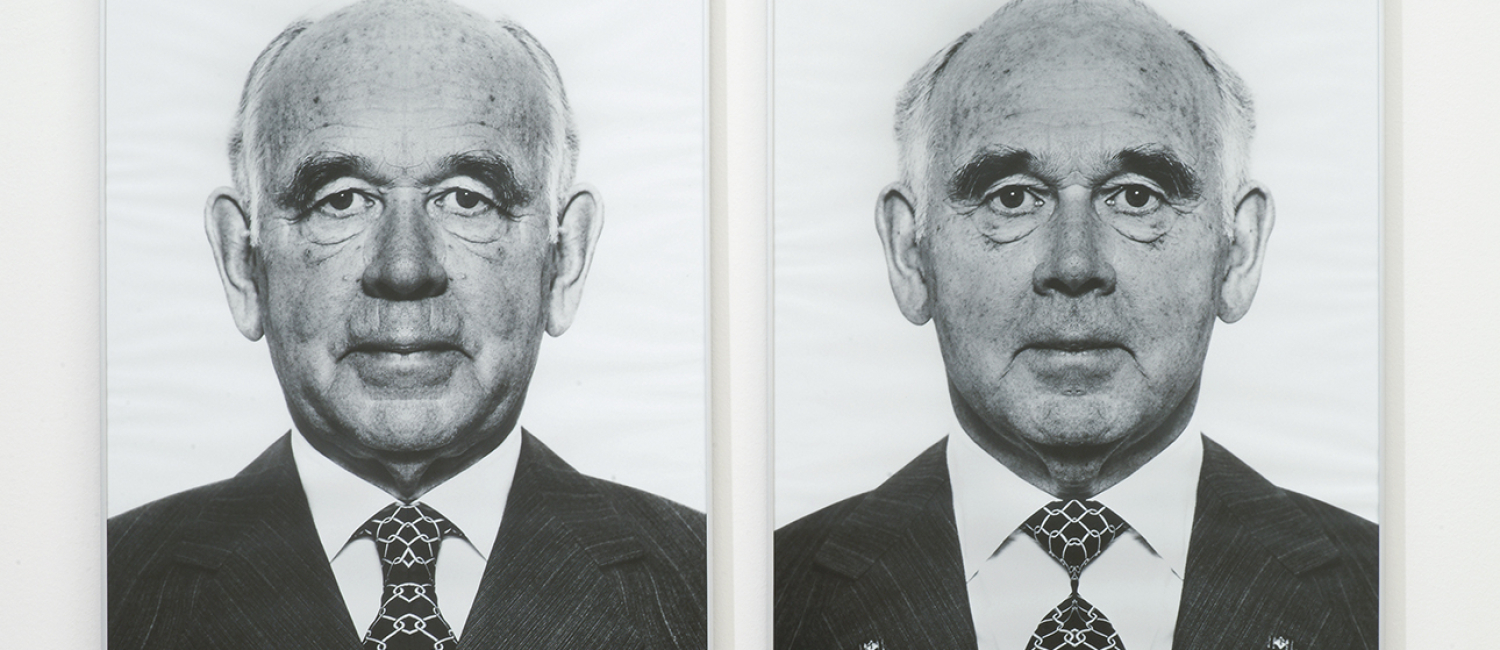Who was Peter Ludwig? One of the most important art collectors of the 20th century, who served the public good with his donations and the museums he founded? A cultural politician who was at home in both the economic and cultural spheres, and who tried to build bridges between East and West? An astute businessman who invested the profits of his enterprises in works of art? All of this is true of Peter Ludwig, whose name is now associated with 19 museums and institutions in five countries.
An article by Krisztina Szipőcs
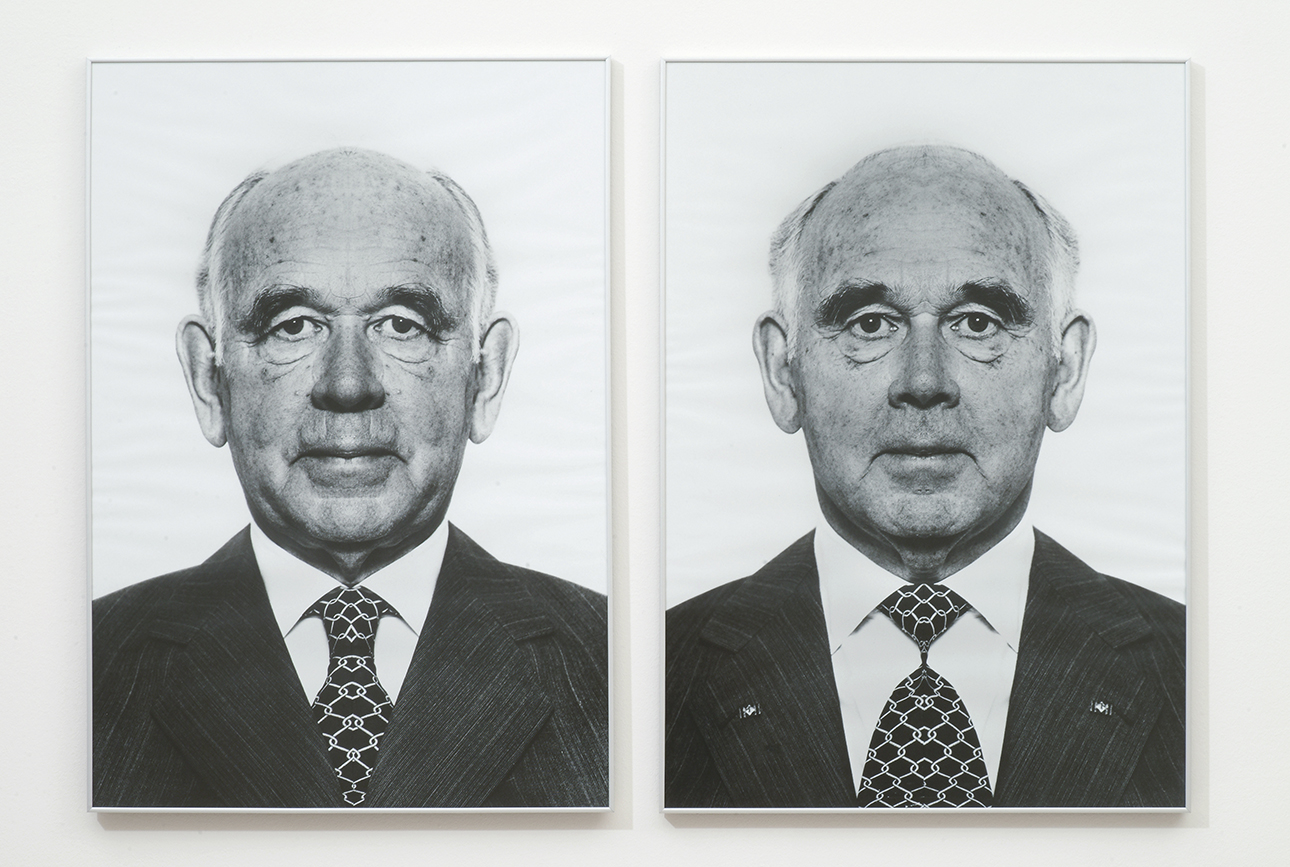
Born in Koblenz on 9 July 1925, Peter Ludwig was an essential figure in the international post-war art scene. Together with his wife Irene, he built up a vast collection of almost 12,000 works spanning four millennia, from antiquity to the end of the 20th century. Ancient and medieval objects, Chinese, Indian, African and Pre-Columbian art, Baroque and Rococo works of art, as well as modern and contemporary works have enriched their collection, with highlights including American Pop Art and the Picasso collection of almost 800 pieces. Ludwig was one of the first to extend his interests to the countries behind the Iron Curtain, negotiating with and buying works from artists in the former East Germany, the Soviet Union, Bulgaria, Hungary, Cuba and even the People’s Republic of China.
Peter Ludwig was a qualified lawyer and art historian. He studied art history, archaeology, history and philosophy at the University of Mainz. He wrote his dissertation on Picasso’s portrait of the human being in 1950, which earned him a doctorate.
In 1951, he married his fellow student Irene Monheim, which also marked the beginning of Peter Ludwig’s career in the family business, a chocolate factory producing products known as “Trumpf”, later “Ludwig Schokolade”. Over the years, his outstanding skills led him to acquire a number of companies and expand internationally, increasing production and sales many times over.
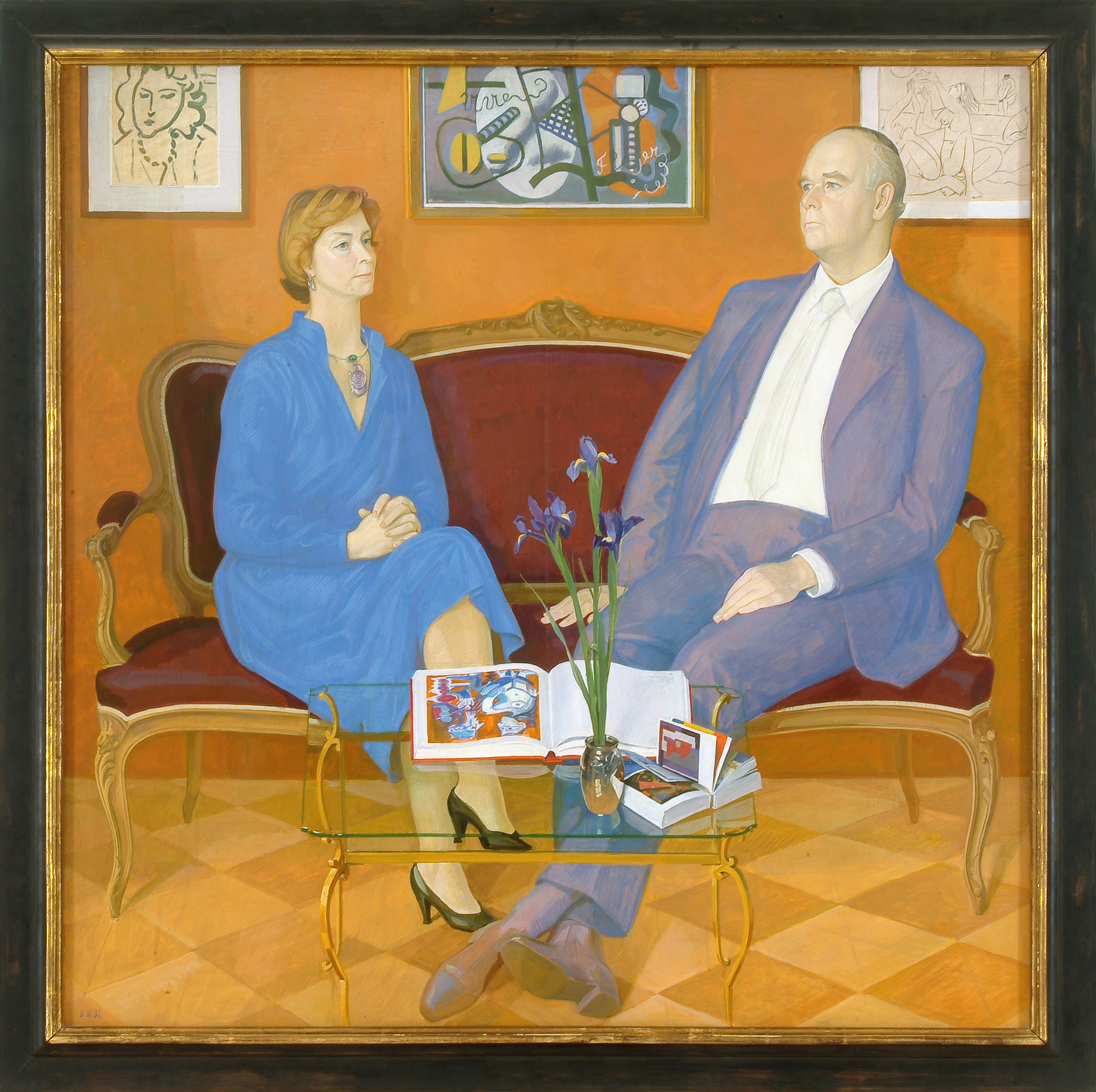
Peter Ludwig began his art collecting and patronage activities in 1957, when he initiated collaborations with museums in Aachen and Cologne. He donated works of art, founded museums and institutions: from 1976 until his death in 1996, the Ludwigs established dozens of museums and institutions around the world, including in Aachen, Bamberg, Basel, Vienna, Budapest, Havana, Koblenz, Cologne, Oberhausen, Beijing, Saarlouis, and St. Petersburg.
The idea of a Ludwig Museum in Budapest was first mooted in 1983, when an exhibition was organised at the Kunsthalle Budapest, featuring material from the Museum moderner Kunst Stiftung Ludwig Wien. The successful exhibition attracted more than 40 000 visitors in four months. It was the first time that the stars of American pop art and hyperrealism, as well as works by Austrian and German artists, could be seen “without a passport”.
By the 1980s, there was an urgent need for a modern or contemporary art museum in Hungary, where for historical and political reasons, twentieth-century art was only fragmentary in Hungarian public collections. Both experts and the cultural government were aware that it was almost impossible to collect the significant works of the international movements after 1945, which is why Peter Ludwig’s initiative was of great importance, as he expressed his intention to found a museum, offering not only works of art but also financial support.
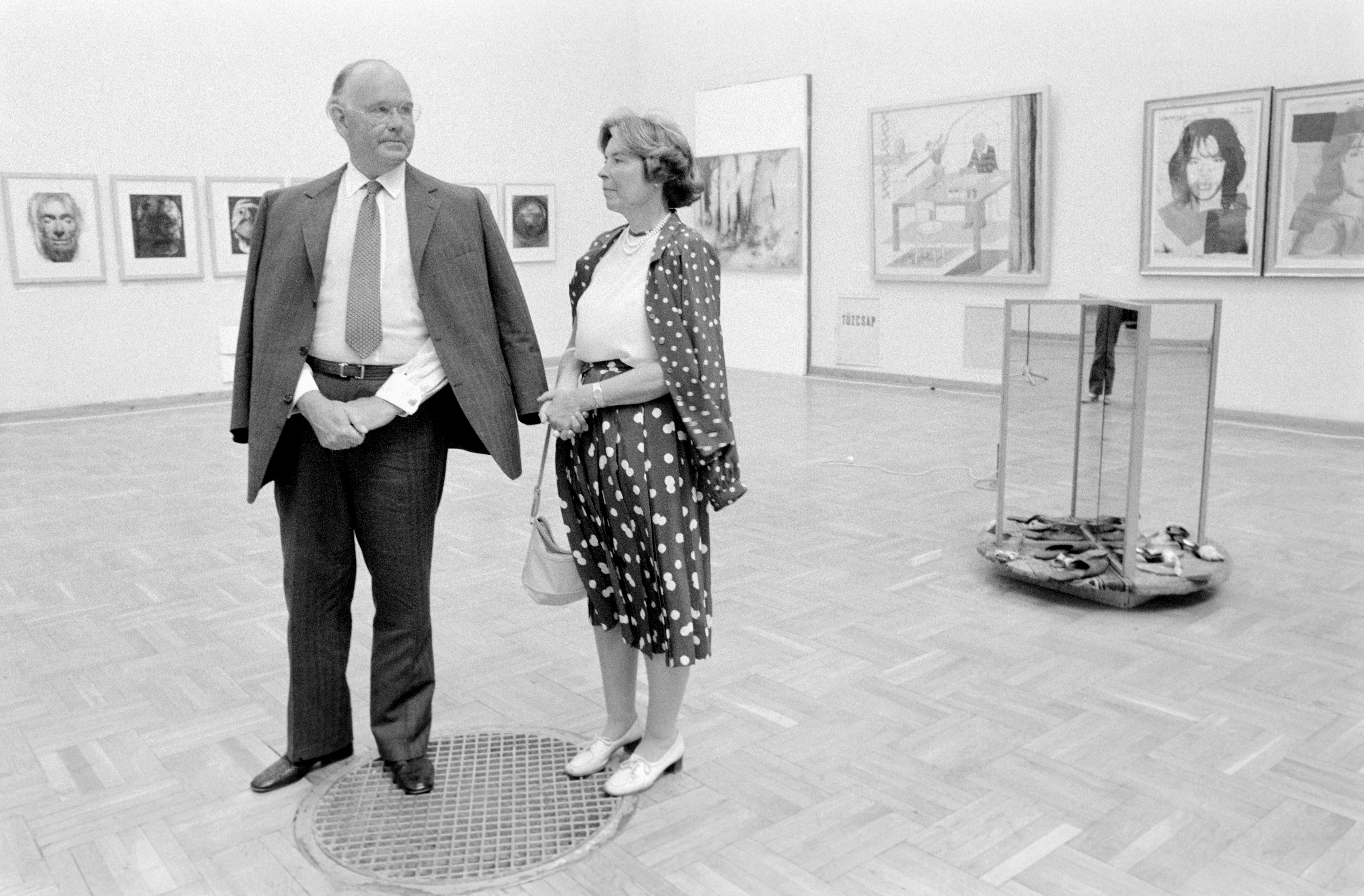
When Peter Ludwig came to Budapest again in 1987, the Ministry entrusted the negotiations to Lóránd Bereczky, director of the Hungarian National Gallery, who linked the initiative to the presentation of Hungarian art after 1945. The parties agreed to organise an international exhibition and to present Picasso graphics. The international exhibition of the Ludwig collection opened on 16 October 1987 at the Hungarian National Gallery, on the occasion of which Irene Ludwig was awarded an honorary doctorate by the ELTE. In March 1988, the Picasso’s graphic art exhibition opened in Building A of the Buda Castle Palace. The opening was followed by the signing ceremony of the contract for the establishment of the Ludwig Foundation in Hungary. Peter Ludwig was awarded an honorary doctorate by the Hungarian Academy of Fine Arts, and established a scholarship for students, which is still available today.
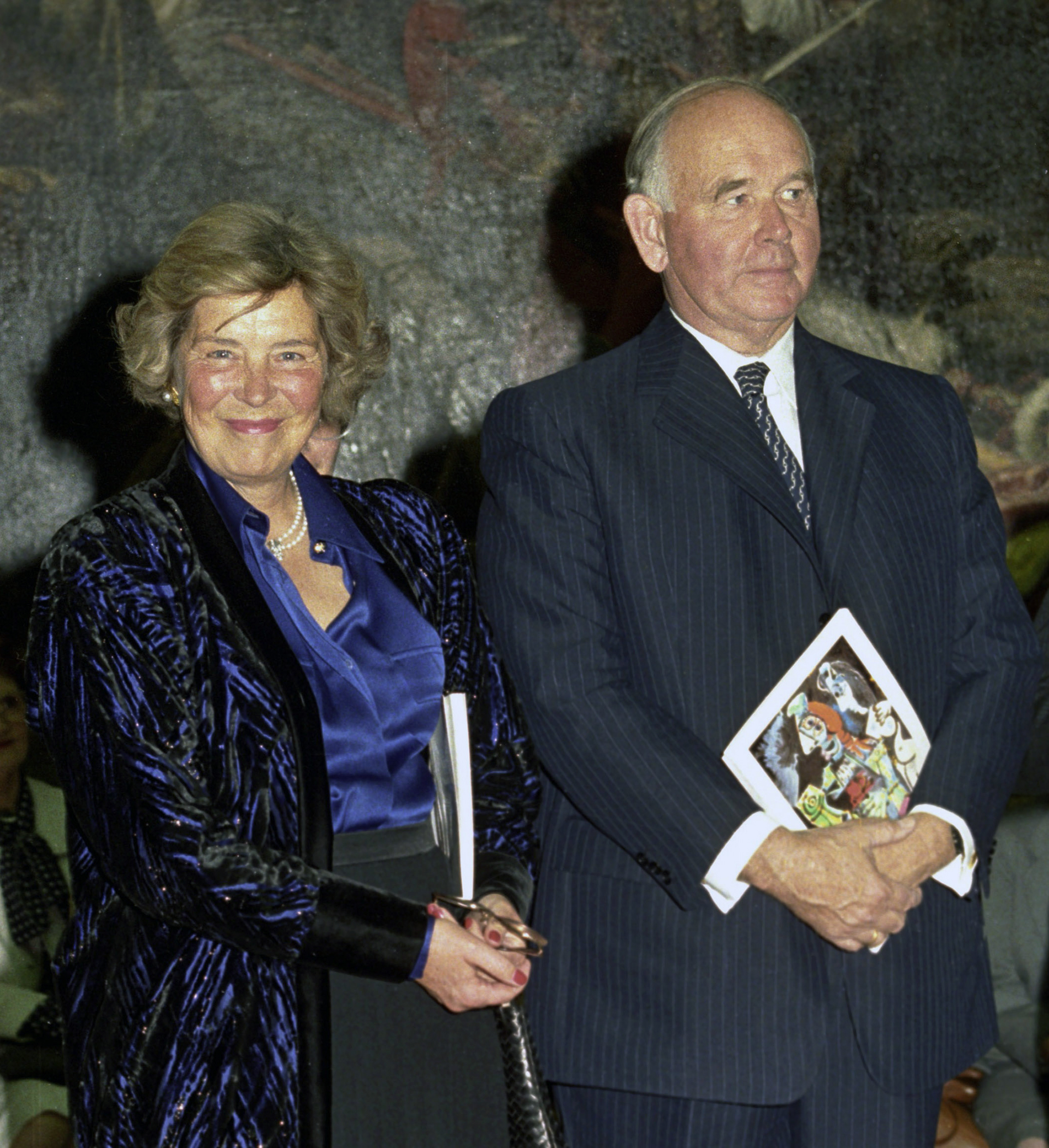
Peter Ludwig had offered to donate to Hungary the seventy works on display in the National Gallery and to deposit additional works, as well as financial support for the creation of a new museum, provided the state agrees to establish and maintain it. The contract to establish the museum was signed in Budapest on 21 March 1989.
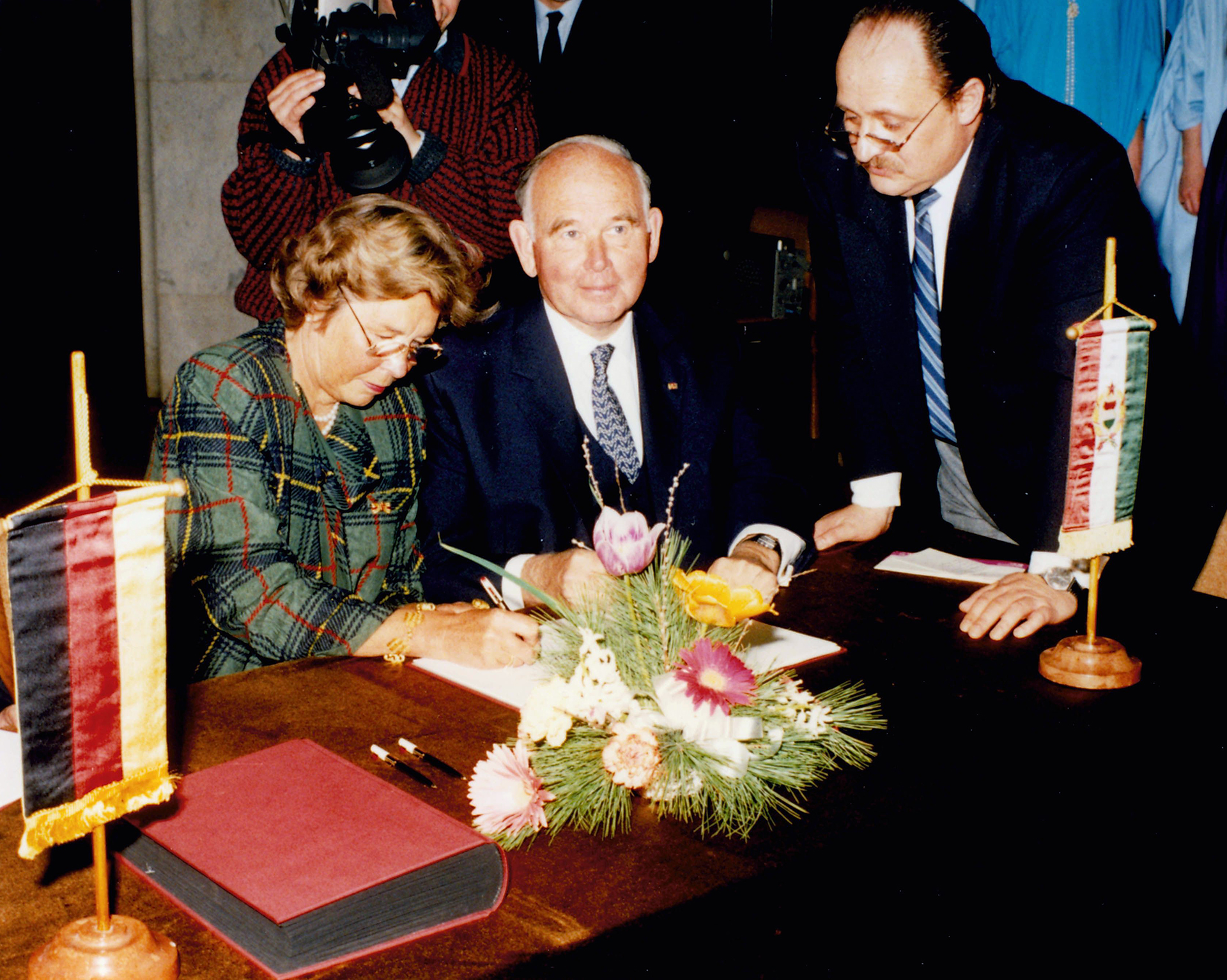
The first permanent exhibition of the new museum opened on 4 June 1991 in Building A of the Palace of Buda, in the premises of the Museum of Modern History (formerly the Museum of the Labour Movement). The exhibition was opened by Dr Bertalan Andrásfalvy, Minister of Culture and Education, in the presence of Peter and Irene Ludwig. The exhibition was selected and organised by István Dévényi, Head of the Contemporary Art Department of the Hungarian National Gallery, and presented 70 works from the international Ludwig Collection, and 108 works by contemporary Hungarian artists.
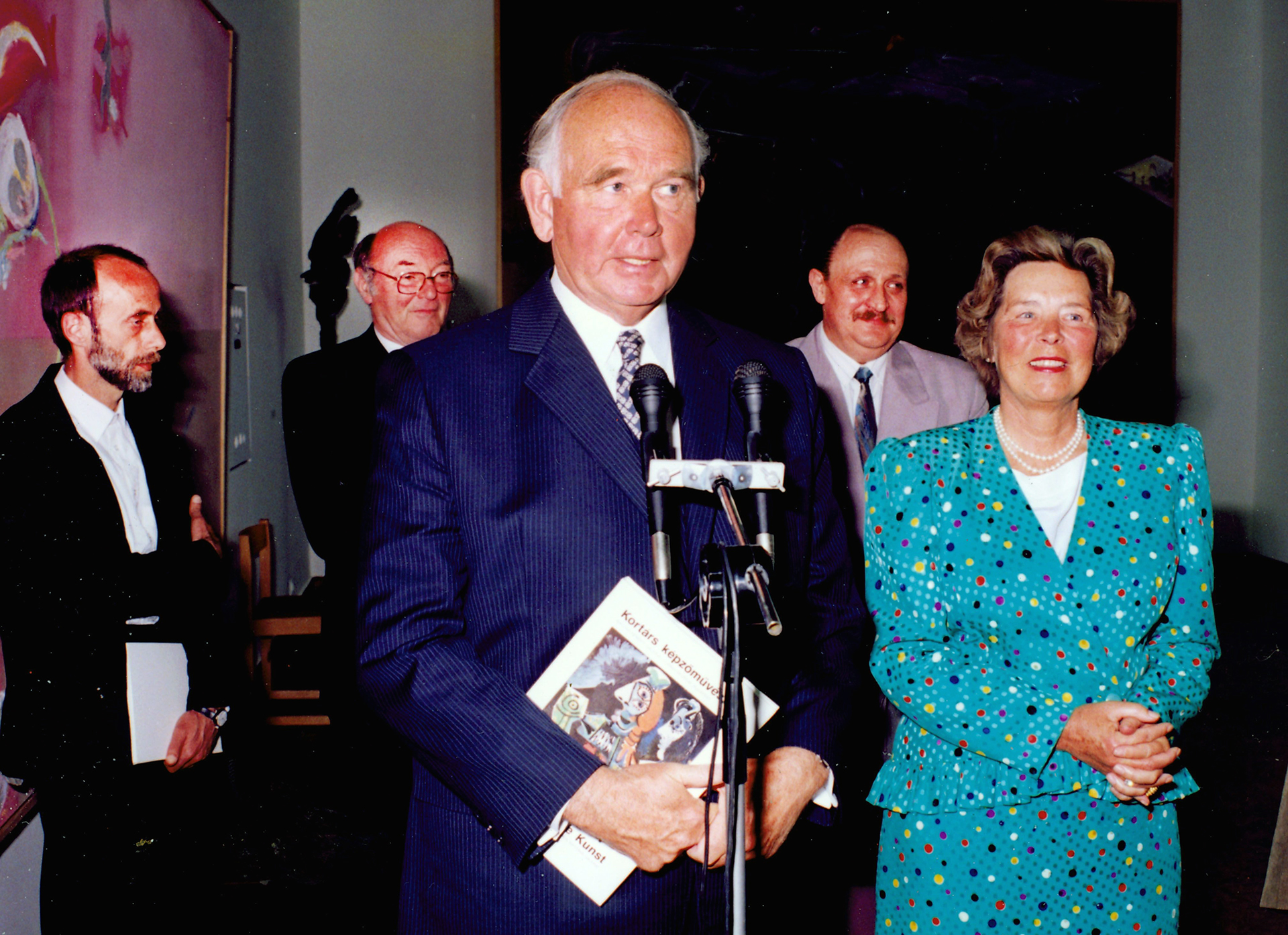
Following the successful launch, Peter Ludwig and the Ministry decided that it was time to set up the institution. In July 1992, an international board of trustees was formed, which asked Katalin Néray, the former director of the Kunsthalle, to head the institution and develop the concept and operating rules for the new museum. One of the new director’s most important ambitions was to present the latest and most important phenomena of contemporary art in temporary exhibitions in addition to the permanent collection, and so the chamber exhibition of works by Yoko Ono opened in March 1993, followed by the Picasso travelling exhibition of 180 works from the Ludwig Collection at the Hungarian National Gallery at the end of 1993, thanks to the organisational work of Katalin Néray.

At the beginning of 1996, another turning point in the life of the museum occurred: the Ludwig Museum was identified by experts as the best place to establish a contemporary art museum, as envisaged in the government’s programme, through the re-establishment of the museum and further expansion of the collection. The plans were also brought to the attention of the founder, Peter Ludwig, who was persuaded by Minister Bálint Magyar at a personal meeting in April 1996 that this did not contradict the spirit of the original contract. However, Peter Ludwig died unexpectedly on 22 July 1996, before the December opening, of a heart attack following an appendectomy. He was remembered by obituaries as one of the world’s most renowned and influential art collectors.
Following his death, his wife Irene and the Peter and Irene Ludwig Stiftung took over the care of Peter Ludwig’s estate and legacy.
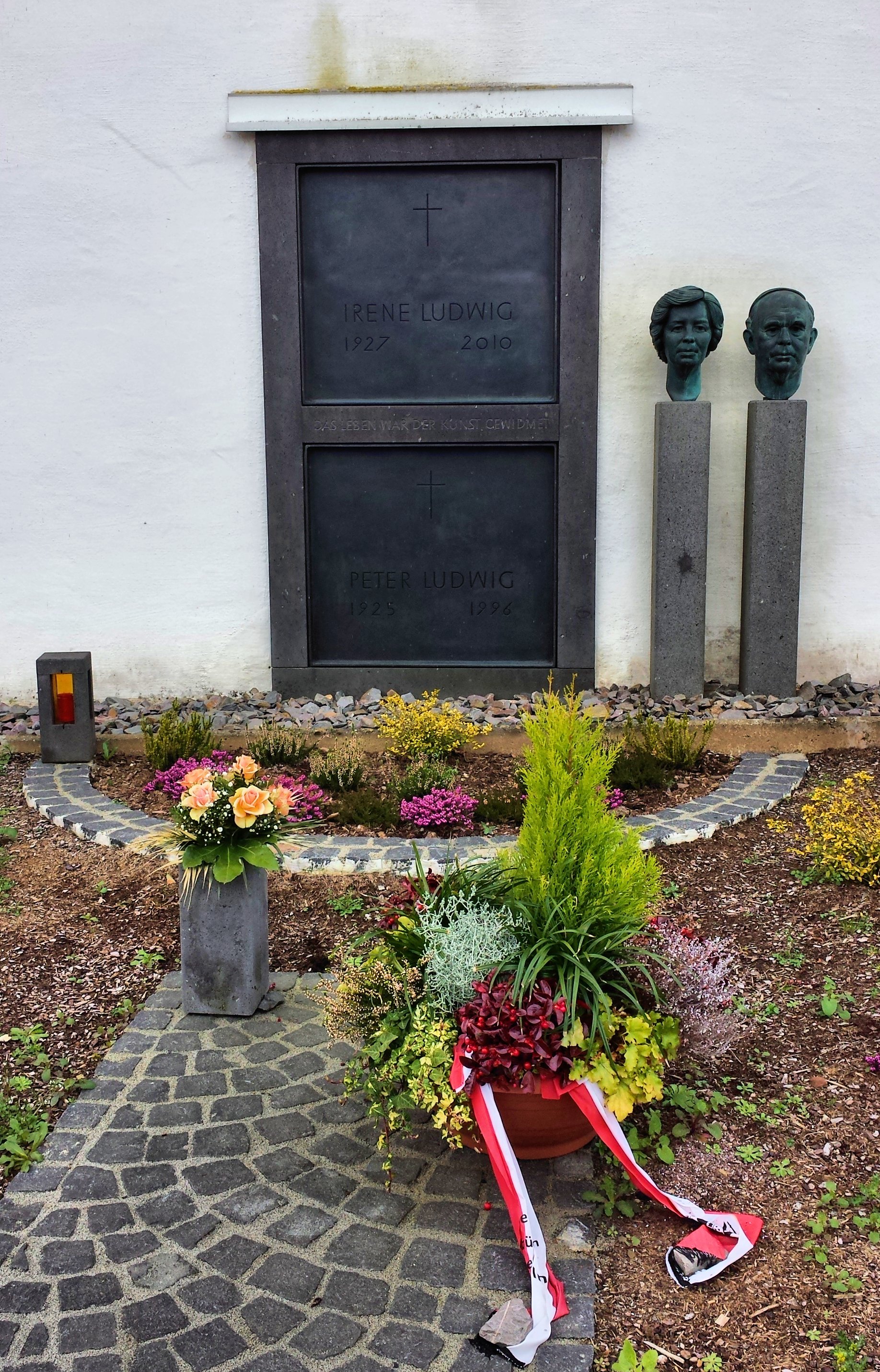
For more information on the history of the Ludwig Museum, see our 2011 publication The Collection.
